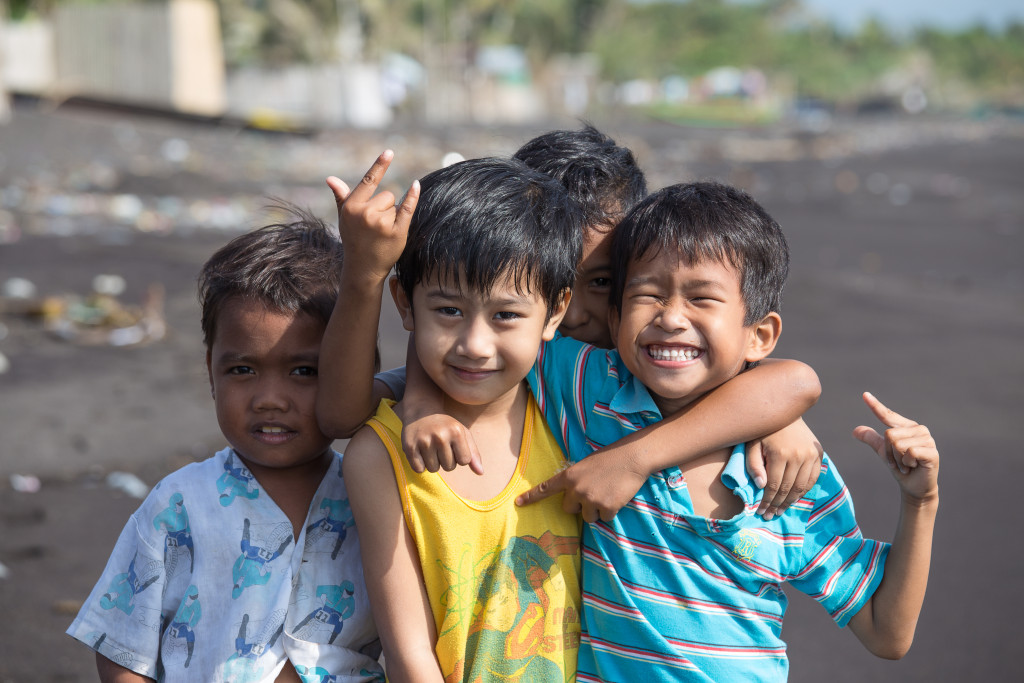In 2021, 11.6 percent of Americans were considered to be living in poverty. The figure is equivalent to 37.9 million people. Even though there were no significant changes, there was a decrease in poverty rates for those under 18 years old. But the poverty level for those 65 and older increased.
Local and global communities are made up of individuals with varying levels of privilege. For those who may not have access to the same resources as others, it can be challenging to build and maintain healthy self-esteem. But lifting the self-esteem of underprivileged people is essential for creating strong communities that thrive. This blog post will discuss ways to work together to empower those who lack privilege and build a stronger community.
The Power of Language
One way to lift the self-esteem of people from underprivileged backgrounds is by using language that uplifts and encourages rather than tears down and belittles. It’s all too easy to use words like “poor” or “disadvantaged” when talking about those with limited resources. But these words often carry negative connotations that only serve to further stigmatize already marginalized individuals. Instead, try using language that emphasizes potential rather than deficits. Words like “underserved” or “unsupported” are far more likely to elicit feelings of hope and determination in your audience.
People who focus on uplifting language can create an atmosphere of acceptance and inclusion. A language that ignores differences in class, race, or ethnicity helps to bridge the gap between people of different backgrounds and can make it easier for everyone to feel respected and connected.
By using language that celebrates diversity instead of reinforcing stereotypes, people can create stronger communities with more opportunities for meaningful dialogue. This can lead to more collaboration, greater creativity, and ultimately more effective solutions to social issues facing society. With the power of language, people can ensure that everyone is valued and given a chance to succeed.

Providing Accessible Resources
Another way to lift the self-esteem of underprivileged people is by providing them with accessible resources such as education, job training programs, or mentorship opportunities. Education empowers individuals by teaching them valuable skills they can use in their everyday life. Job training programs can help them gain meaningful employment. Mentorship programs provide guidance and support as they navigate various life stages.
Community leaders can also work with a reputable dentist to provide them with durable veneers. These dental materials can cover chips and cracks on teeth. They can give underprivileged people the confidence to smile when they meet others.
Government leaders can also work with private institutions to provide more affordable healthcare options. This way, underprivileged people can access healthcare when they need it the most. Additionally, policymakers can give financial aid to underprivileged families so that they can afford basic needs like food, shelter, and clothing.
Finally, companies and organizations can set up community programs to help underprivileged people. They can provide volunteers that will teach and encourage them. They can also offer free events or workshops to further develop their skills and knowledge in various areas, such as business and technology. All of these initiatives combined will have a positive impact on the self-esteem of those in need.
Creating Inclusive Spaces
Finally, people must work together to create inclusive spaces where everyone is welcome and respected regardless of their background or experiences. They must foster a sense of acceptance, so everyone feels comfortable expressing themselves without fear of judgment or ridicule.
These spaces should be free from stereotypes and discrimination. This ensures all members feel safe enough to share their stories without fear of being judged or ostracized for being different from the majority group.
Creating inclusive spaces helps build trust among members, leading to greater collaboration among individuals from diverse backgrounds – which is key for building strong communities everywhere.
It is also essential to recognize that creating an inclusive space does not start and end with one event or action. It requires ongoing work to ensure that all members of the community are respected and valued for who they are. This includes equal access to opportunities, resources, and support for everyone regardless of their identity or background.
Finally, people must never forget that creating inclusive spaces starts with understanding and respecting one another. People should strive to learn about different cultures, beliefs, and experiences to create a more welcoming environment. By doing so, people can make sure that everyone feels heard and respected regardless of where they come from or how they identify. This is the key to building strong and lasting communities everywhere.
Self-esteem is essential to being part of a strong community where everyone has access to the same opportunities regardless of race, gender identity, or economic status. Following the tips in the article can help uplift everyone in society. People can create stronger communities everywhere with a collective effort toward empowering those who lack privilege!




